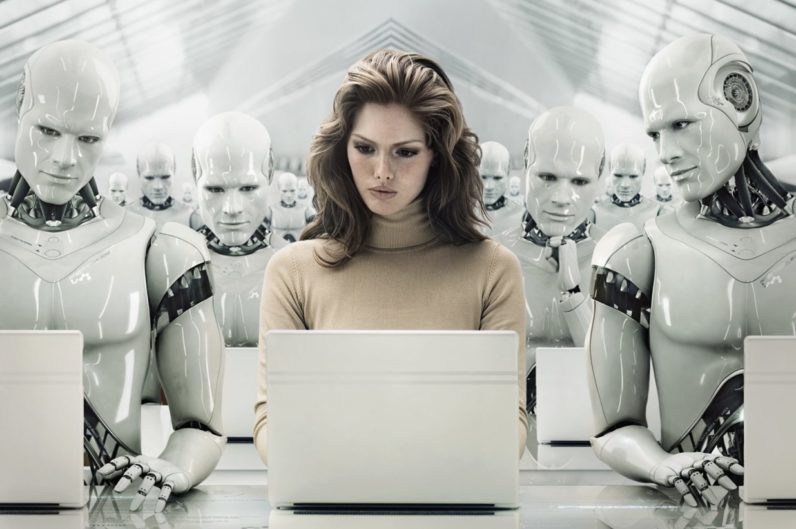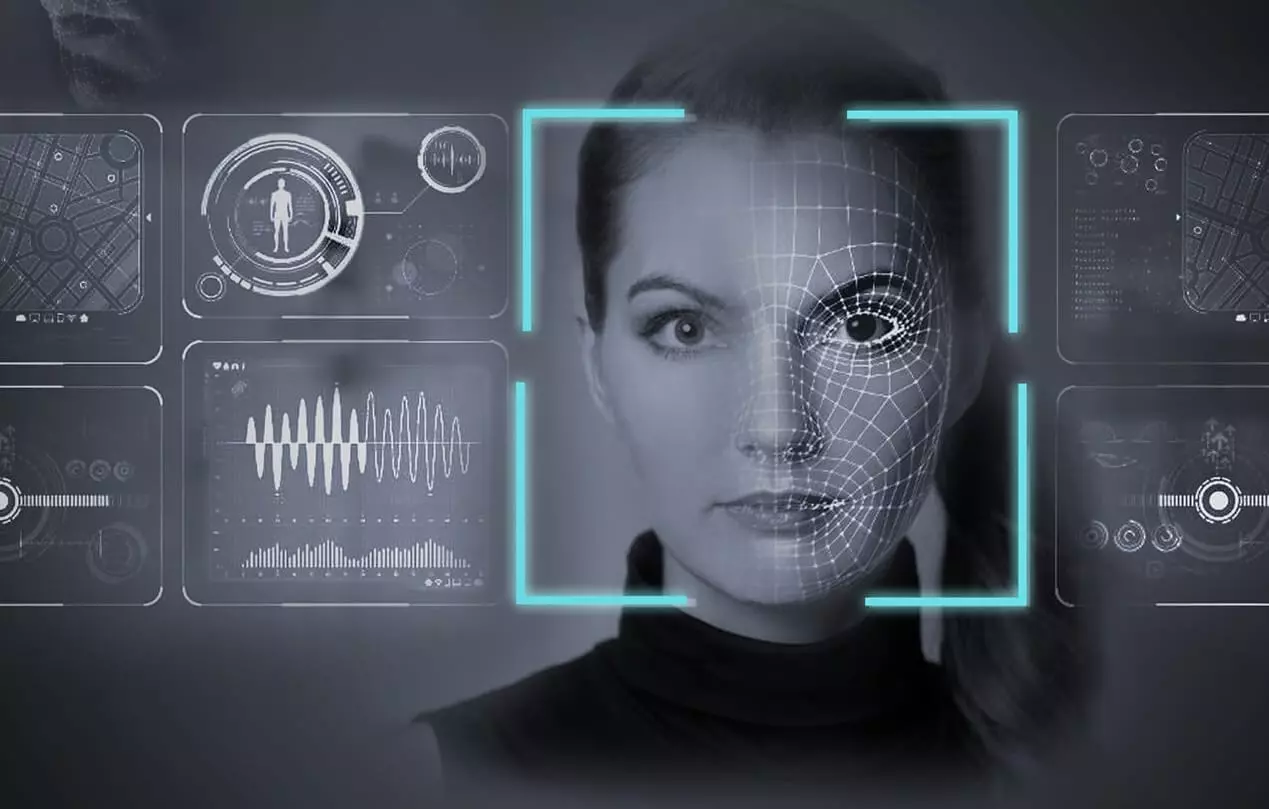What is the first thing that comes to your mind when someone says "robots"? Surely you think of machines with a humanoid appearance that do complicated tasks. What if I ask you about "artificial intelligence"? It is very likely that you will come to think of some science fiction movies in which machines try to take over the Earth.
Nothing is further from reality, since artificial intelligence implemented in machines or robots is something much more everyday than you might think and is very useful for companies, which decide to improve their production processes through technology. According to Gartner, by end of 2020 85% of the interactions people will have will be with robots.
So where does this perception come from? Indeed, there are various sectors in which robotic machines have replaced some tasks that were previously performed by humans. However, these incorporations have been gradual and always with the aim of facilitating the task of humans, optimizing resources and giving them greater productivity and, therefore, well-being. How can we achieve this synergy without thinking that machines will dominate us in the future? Maybe you just need to lose your fear.
Automatic solutions
Today, "bots", "artificial intelligence" and "virtual agents" are much more common technological solutions than they seem. What's more, I can assure you that you know them and have interacted with them without knowing it. This is because companies with a large number of interactions with customers, decide to streamline their processes to provide better service and be able to compete in an increasingly tight market.
The contemporary business model is in a constant battle for survival and profit making. The objective is to achieve productivity improvement and cost optimization. One of the ways in improving both factors is the automation of processes.
What are the main benefits of process automation? Increased production and productivity; improvement of production and work times; costs reduction; flexibility to adapt to new products; standardization of products and services, which contributes to greater recognition in the market and differentiation from the competition. In customer service, the greatest benefits could be speed of response and 24-hour availability, seven days a week and 365 days a year.
For these reasons, incorporating technology in companies is necessary and even indispensable in times when, in addition to being the best, it is essential to provide different advantages and benefits to all others.
Technology needs humans
As mentioned, automation and the incorporation of various technologies such as Artificial Intelligence have suppressed a series of jobs, creating, at the same time, the need to train people who operate the software required for these tasks. Large amounts of data control and management are required for computers to perform more complex tasks as assigned.
In addition to companies, there are other sectors that currently enjoy the benefits of artificial intelligence. In the education sector, for example, AI could help students get better information about academic offerings, admission processes, and even about student life in a much more agile and simple way through a mobile chat. or on the website of public or private institutions.
The same is true for more everyday tasks such as customer service and attention. This type of work used to be (in most cases they continue to be) the most cumbersome or complicated part of companies. Artificial Intelligence can help operators in contact centers focus on serving a greater number of complex cases while technology is responsible for dealing with the simple cases that make up the largest volume in an automated way.
For this, technological solutions are already available on the market that place the customer at the center to learn from their daily interactions and maintain a natural dialogue. These solutions are capable of processing information to solve situations and problems with human-like reasoning, using Artificial Intelligence. Each of these processes is based on knowledge, action and empathy towards the client.
Is there a perfect formula for the integration between technology and humans in the tasks of companies? Yes, and these should be designed according to the needs of companies so that machines and humans, in addition to working with the same objective, are the people who delegate the most repetitive tasks in technology and can focus on tasks that require humane treatment.


